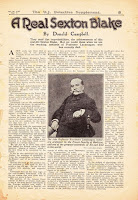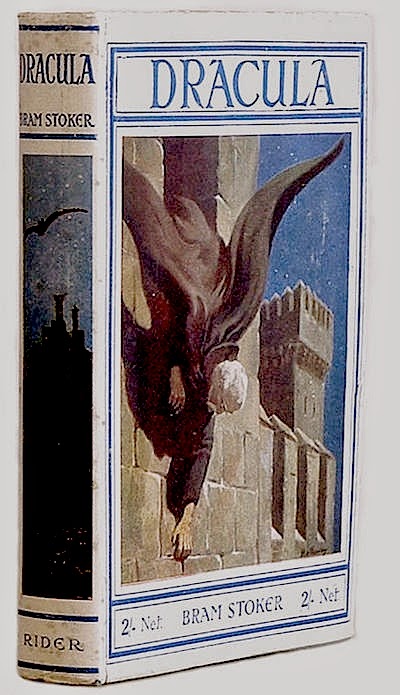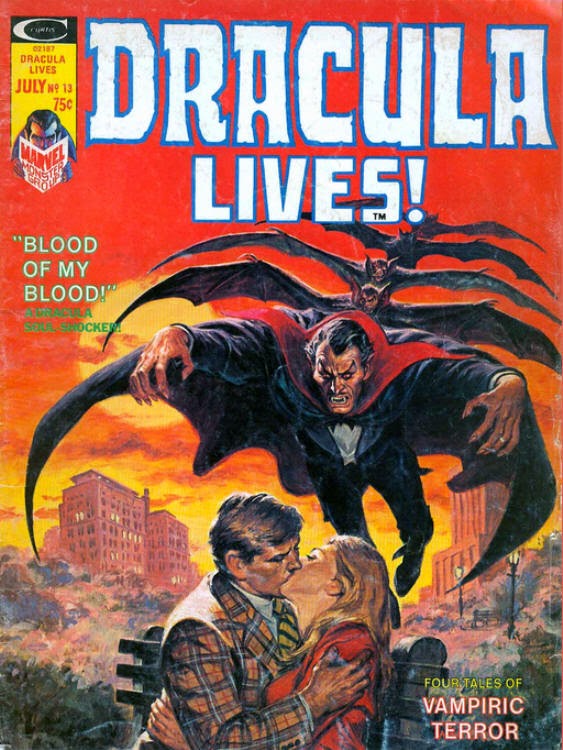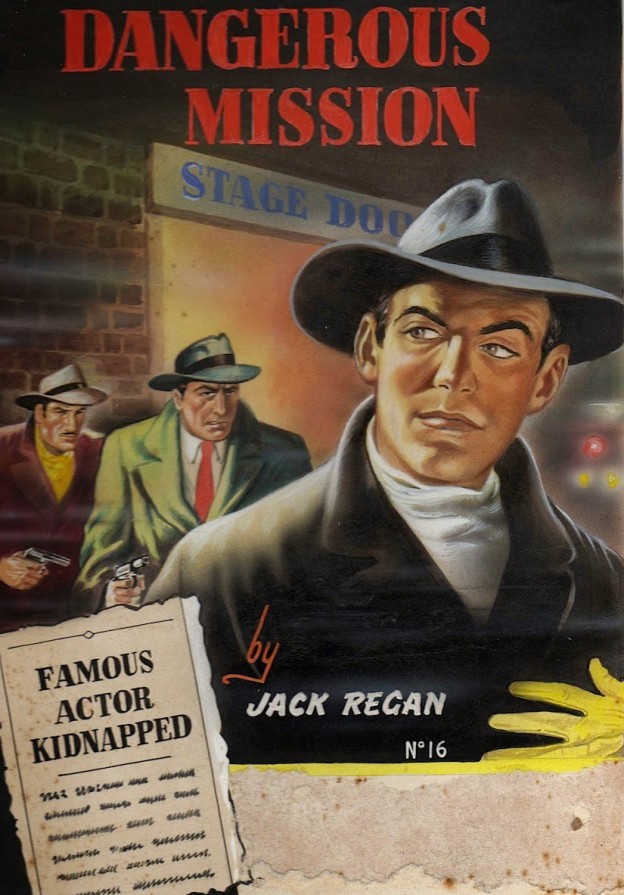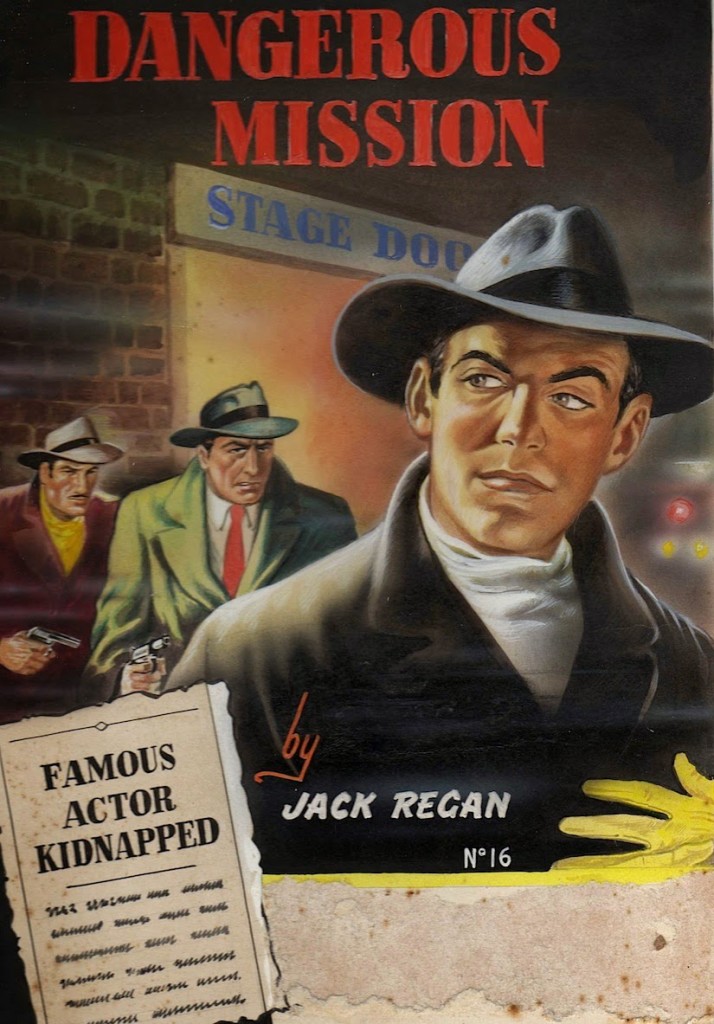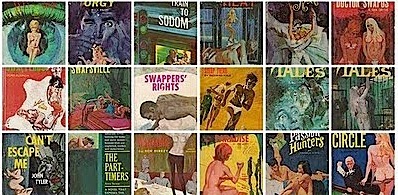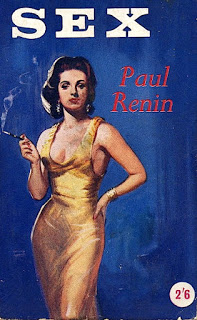 |
| 1950s issue, Many thanks John Fraser. |
Here’s a bit of a puzzler. Coming from the archive of Peter Haining and bearing annotations by him, this is a photocopy of a blurb for a book 'in preparation' entitled Sex, which is described as 'Paul Renin’s Latest, Greatest and Most Courageous Novel !' Now here’s the thing. Such a novel by Paul Renin—the pseudonym of someone called Richard Goyne (1902 – 57), who also wrote crime novels—did not seemingly appear, according to Abebooks, until 1951.
The copies available on Abebooks are described as the first U. S. editions from the publisher Archer of a romance concerning a 'sixteen year old runaway Girl in the South Seas' . However, the blurb announcing the forthcoming appearance of Sex is clearly in a typeface of the 1920s, which Haining’s annotation identifies as dating from 1928. This, of course, was the year in which Lady Chatterley’s Lover appeared, and the blurb writer seems keen to emphasise that Sex was, like Lawrence’s novel, a mould-breaking literary event.
What of the parents who—for reasons of “delicacy” or hectic pursuit of their own gay lives—allow their children to grow up in perilous ignorance?
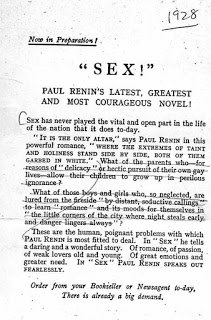
What if those boys and girls who, so neglected, are lured from the fireside” by distant, seductive callings” to learn “romance“ and its moods for themselves in “the little corners of the city where night steals early and danger lingers always” ?
There are the human, poignant problems with which Paul Renin is most fitted to deal. In Sex he tells a daring and a wonderful story. Of romance, of passion, of weak lovers old and young. Of great emotions and greater need. In Sex PAUL RENIN SPEAKS OUT FEARLESSLY.
We have not examined a copy of the 1928 book, if indeed it was published in this year. If its publication was held back until 1951, it may have been because the censors –perhaps provoked by the blurb—took action to prevent its appearance.. [RR]
The 1928 issue may not have happened (i.e. the book was a 'ghost') - an extensive search through WorldCat, Copac and the might Karlsruhe database reveals no edition earlier than 1942. This was published by pulpmeister Gerald Swan who was discussed in an earlier jot on London's markets.


